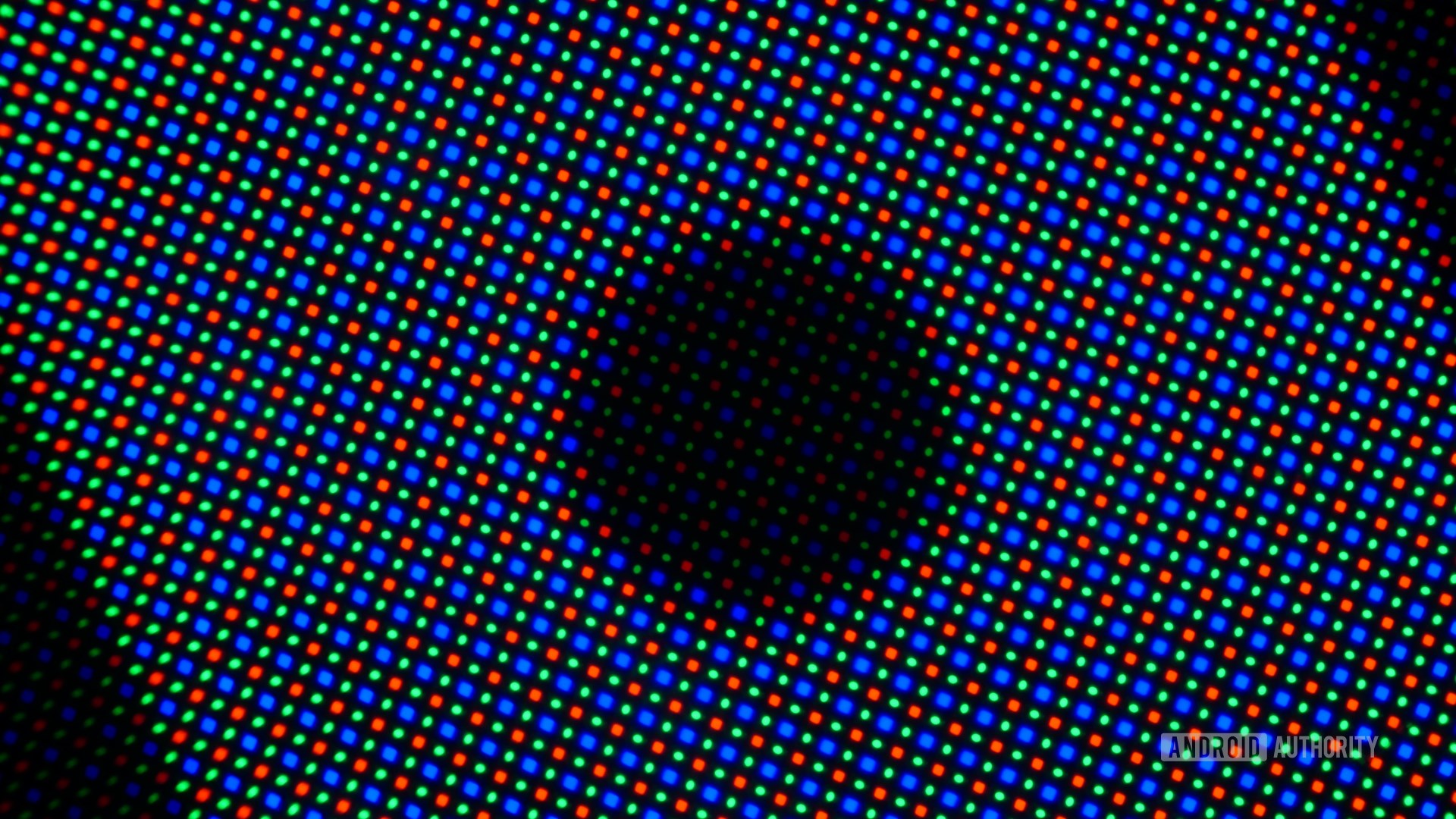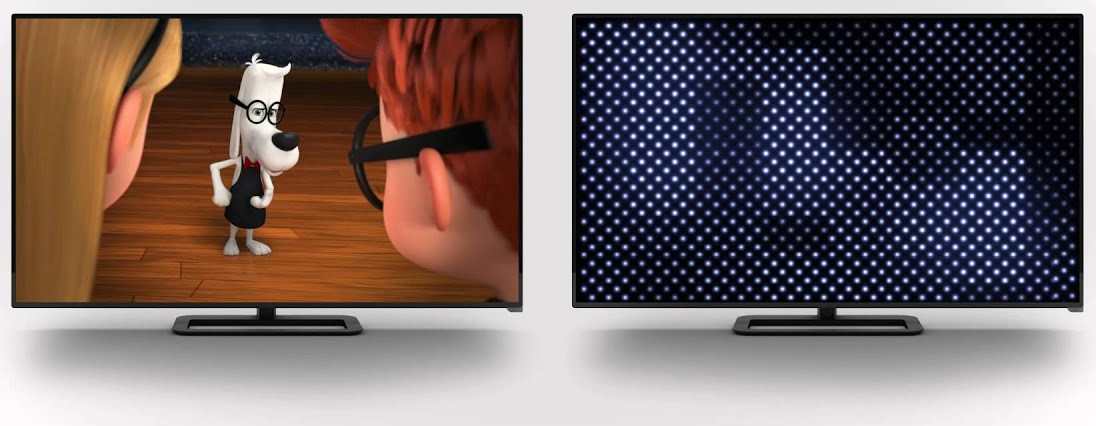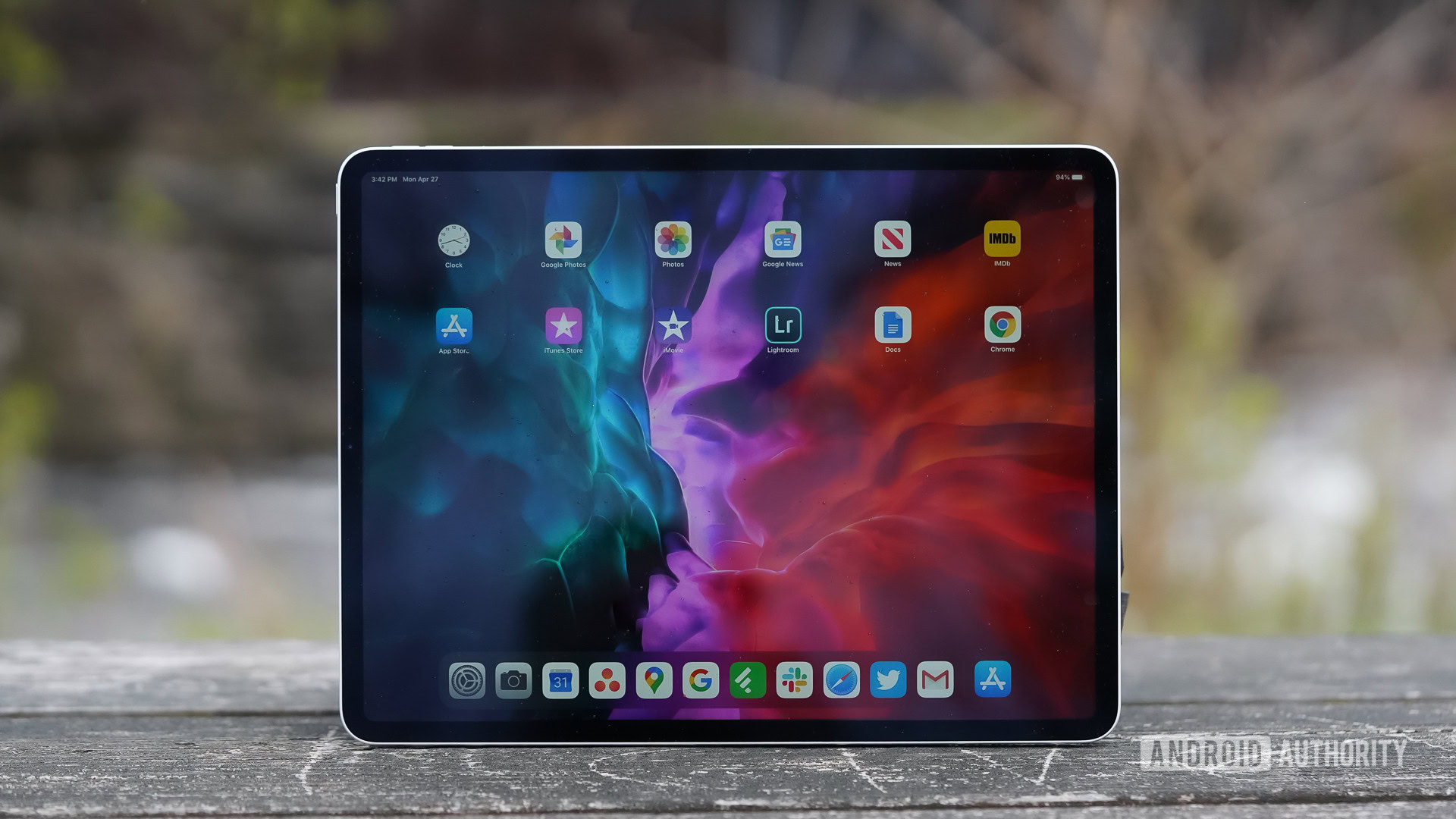Affiliate links on Android Authority may earn us a commission. Learn more.
What is Mini-LED and why is Apple adopting it?
Published onJune 5, 2021

Mobile display technology has been pretty set in its ways for years now, with flexible technology as the obvious exception. OLED displays have all but replaced aging LCD tech, even in more affordable smartphones. Yet, high-end gadgets may soon be on the cutting edge once again with the move to Mini-LED.
Reports from the Apple camp hint that the company’s iPad and Mac notebooks lineups are jumping to Mini-LED displays before the end of 2021. Unfortunately, component shortages have allegedly delayed the appearance of its laptops until later in the year. But we now have our first taste of the technology with the Liquid Retina XDR Display inside the 2021 12.9-inch iPad Pro.
Read more: Apple’s new iPad Pro boasts M1, 5G and a mini-LED display
The company is reportedly courting Epistar and Sanan Optoelectronics as suppliers. As an emerging technology, these new displays will be reserved for the very premium end of its product portfolio at first. Although costs could fall throughout into 2022 and beyond, so we may see many more manufacturers adopt them across product segments in the coming years.
Sounds intriguing, but what exactly is Mini-LED and what benefits does it offer over other display technologies like LCD and OLED? Keep reading to find out.
What is Mini-LED technology?
The name somewhat gives the game away here. Mini-LEDs use very small LEDs to produce the display’s light. This new technology traces its roots back to traditional backlit LCD technology. Except rather than using a single large or multiple smaller locally dimmed backlights, Mini-LED uses thousands of tiny LED backlights to offer vastly superior local dimming characteristics. To meet the Mini-LED classification, these backlight diodes measure less than 0.2mm across each.
Local dimming is very important for LCD displays because backlight bleed leads to inferior blacks and contrast ratios compared to OLED displays, where individual pixels turn on and off. This is a hybrid approach that aims to emulate the emissive nature of OLED, but with less design complexity. Think of it as LCD’s best shot at taking on OLED. Don’t confuse this with Micro-LED technology though, which is more closely aligned to OLED. But more on that in a minute.

Moving to thousands rather than hundreds of tiny backlights allows for deeper blacks, improved contrast ratios, and brighter panels. That’s great for HDR content. All thanks to the smaller components. Mini-LED technology also scales from small to huge panel sizes quite easily, as there’s no meaningful limit on the size and density of the backlights. However, they are still bound by the size limitations of the LCD matrix that converts the white backlight into colors. But that’s not something that concerns smaller consumer electronics.
Mini-LED improves 'local dimming' via thousands of tiny backlight diodes
Mini-LED has already begun making a splash in the TV market. See LG’s recently announced QNED technology at CES 2021 or the selection of 4K and 8K mini-LED TVs from TCL, to name just a couple. Smaller laptop and tablet displays are the inevitable next step.
Read more: The best TV announcements at CES 2021
Mini-LED vs Micro-LED – the new LCD vs OLED
Mini-LED and Micro-LED are quite different. The former builds on LCD technology using smaller diodes for the backlights. The latter is an evolution of OLED, using even smaller and brighter individual red, green, and blue LEDs to directly emit color light. In other words, each pixel produces its own light with Micro-LED, while Mini-LED still uses an LCD matrix to filter the backlight, but the backlight offers more control than a traditional LCD.
Read more: MicroLED explained – The next-gen display technology
This makes Mini-LED much more practical to produce compared to Micro-LED, and they should be more affordable as a result. Placing lots of tiny OLEDs on a display works for large TVs, such as Samsung’s colossal 110-inch The Wall, but it has proven very difficult in smaller, high pixel density displays for laptops and smartphones. The Mini variant is less likely to suffer from these production difficulties as it’s not as bound by pixel density. It should therefore be better suited to small form factors.
Micro-LED still has the edge when it comes to contrast ratio and deepest blacks, but it comes at a much higher price point. What’s important is that the gap between LCD and OLED narrows with Mini-LED.
Why switch to these new displays?

Ultimately it all boils down to superior image quality without breaking the bank. OLED may be better than LCD, but the latter is definitely the most cost-effective option. OLED isn’t always the preferred option for high-density laptop and tablet displays either, especially for peak brightness. Micro-LED is the superior technology on paper, and falling prices and increasingly viable manufacturing means we’re nearing the viability of smaller Mini-LED-based products.
Mini-LED aims to offer the best of both worlds. Color quality and contrast ratios that rivals OLED, and brightness that exceeds it, without paying over the odds. And that promise is already here. The 2021 iPad Pro with Mini-LED technology can achieve 1,000 nits of full-screen brightness with 1,600 nits of specular highlights, with a 1,000,000:1 contrast ratio and wide DCI-P3 color gamut. Packaged into a design that’s just 6.4mm thin.
Of course, Mini-LED is just one of a few new display technologies heading to the market. The list includes Quantum Dot (QLED) displays and flexible OLED for foldable phones. Form factor is still the biggest limitation when it comes to new phone display technologies. But keep an eye on tablet and laptop display tech throughout 2021 and 2022 for what is likely in store for future smartphone displays.